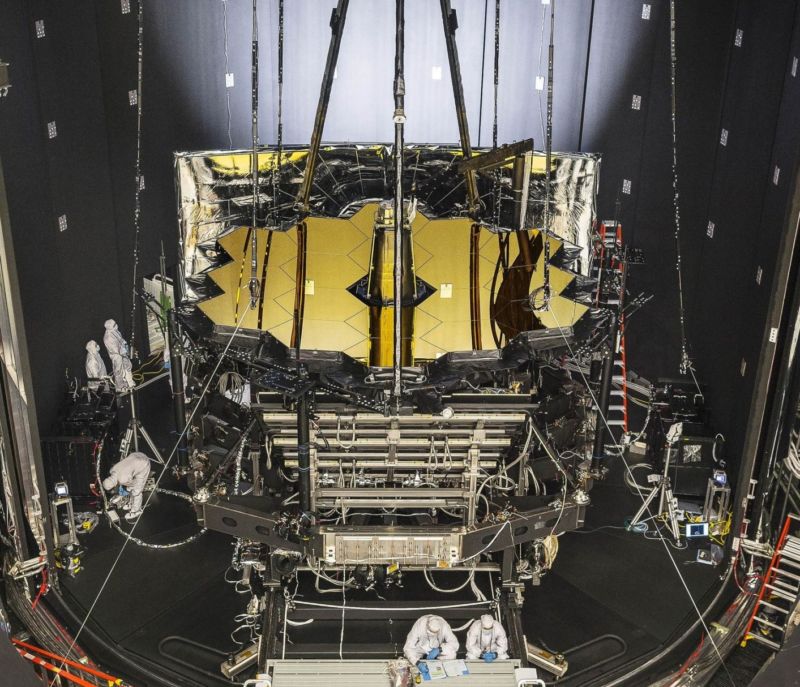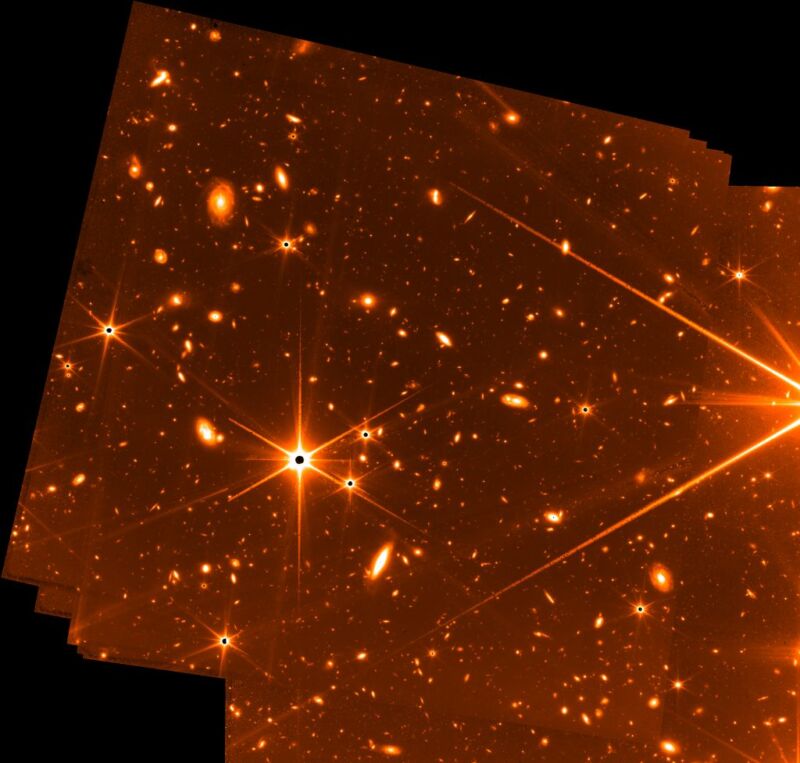We are now just five days away from the public release of the first science images from the James Webb Space Telescope, and anticipation is running pretty high. After more than two decades, and $10 billion, it's time for Webb to pay off.
Early indications are that it will.
On Wednesday evening NASA released a "test" image from the telescope that suggests the forthcoming scientific images and data will be spectacular. The release of the test photo, which NASA casually says is "among the deepest images of the Universe ever taken," almost feels like a flex because it is so good for a throw-away engineering image.
The space agency collected the image in late May during a week-long stability test intended to demonstrate the capabilities of the telescope's Fine Guidance Sensor. This instrument helps Webb find and lock onto astronomical targets, and it was built by the Canadian Space Agency.
"The resulting engineering test image has some rough-around-the-edges qualities to it," NASA said in a news release. "It was not optimized to be a science observation; rather, the data was taken to test how well the telescope could stay locked onto a target, but it does hint at the power of the telescope. It carries a few hallmarks of the views Webb has produced during its postlaunch preparations. Bright stars stand out with their six, long, sharply defined diffraction spikes—an effect due to Webb’s six-sided mirror segments. Beyond the stars, galaxies fill nearly the entire background."
Most of the objects in this image are not stars but distant galaxies. These are the kinds of galaxies that astronomers are keen to study, as they will reveal information about the early Universe. Because it was intended for engineering tests only, this image does not use color filters that allow astronomers to assess the age of the galaxies in the image, but it does show detailed structure in distant galaxies.
The stability test was successful, by the way, and Webb has recently been collecting data with all of its scientific instruments turned on and functioning. We will see the fruits of these labors in just five days, beginning at 10:30 am ET (14:30 UTC).



3175x175(CURRENT).thumb.jpg.b05acc060982b36f5891ba728e6d953c.jpg)


Recommended Comments
There are no comments to display.
Join the conversation
You can post now and register later. If you have an account, sign in now to post with your account.
Note: Your post will require moderator approval before it will be visible.